All Formats & Editions
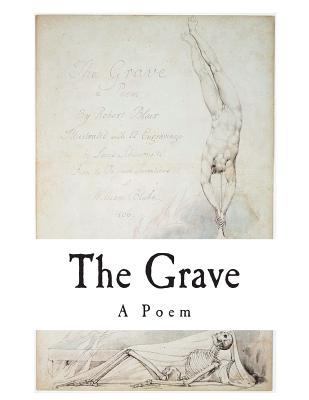
The Grave: A Poem
The Grave: A Poem by Robert Blair. Illustrated by Twelve Etchings Executed by l.Schiavonetti from the original inventions of William Blake. The Grave is a blank verse poem by the Scottish poet Robert Blair. It is the work for which he is primarily renowned. According to Blair,...
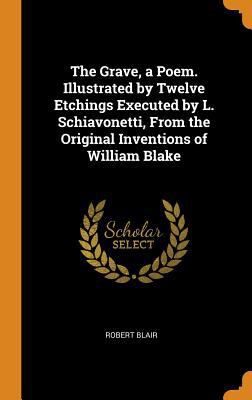
The Grave, a Poem. Illustrated by Twelve Etchin...
This work has been selected by scholars as being culturally important and is part of the knowledge base of civilization as we know it. This work is in the public domain in the United States of America, and possibly other nations. Within the United States, you may freely...
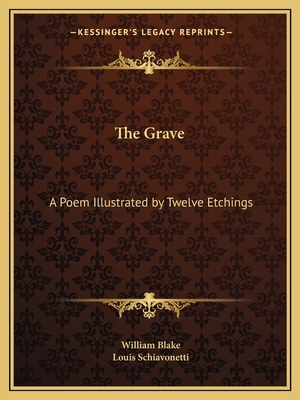
The Grave: A Poem Illustrated by Twelve Etchings
""The Grave: A Poem Illustrated by Twelve Etchings"" is a work of poetry by the renowned English poet and artist William Blake. Published in 1808, the book features twelve etchings by Blake that accompany the text, each one depicting a different aspect of death and the afterlife...
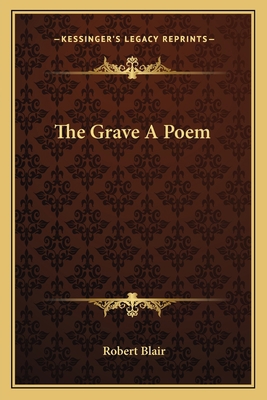
The Grave A Poem
The Grave is a lengthy poem written by Robert Blair that explores the themes of mortality, death, and the afterlife. The poem is divided into three parts and is written in blank verse. The first part of the poem describes a graveyard and the various people buried there. The second...

The Grave. a Poem. by Robert Blair. the Sixteen...

The Grave a Poem
This work has been selected by scholars as being culturally important, and is part of the knowledge base of civilization as we know it. This work is in the "public domain in the United States of America, and possibly other nations. Within the United States, you may freely...

The Grave. A Poem: By Robert Blair
This work has been selected by scholars as being culturally important, and is part of the knowledge base of civilization as we know it. This work was reproduced from the original artifact, and remains as true to the original work as possible. Therefore, you will see the original...

The Grave; a Poem
This work has been selected by scholars as being culturally important, and is part of the knowledge base of civilization as we know it. This work was reproduced from the original artifact, and remains as true to the original work as possible. Therefore, you will see the original...

The Grave. A Poem. By Robert Blair. The Sixteen...
The 18th century was a wealth of knowledge, exploration and rapidly growing technology and expanding record-keeping made possible by advances in the printing press. In its determination to preserve the century of revolution, Gale initiated a revolution of its own: digitization...

The Grave. A Poem, by Robert Blair. With Gray's...

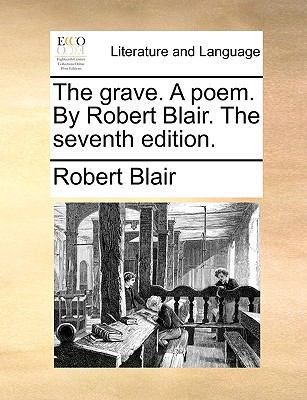
The grave. A poem. By Robert Blair. The seventh...
The 18th century was a wealth of knowledge, exploration and rapidly growing technology and expanding record-keeping made possible by advances in the printing press. In its determination to preserve the century of revolution, Gale initiated a revolution of its own: digitization...
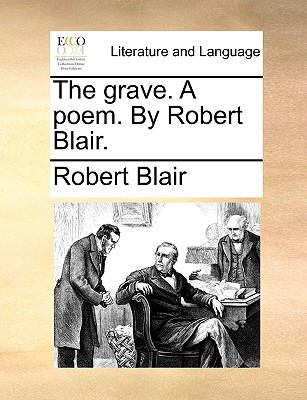
The grave. A poem. By Robert Blair.
The 18th century was a wealth of knowledge, exploration and rapidly growing technology and expanding record-keeping made possible by advances in the printing press. In its determination to preserve the century of revolution, Gale initiated a revolution of its own: digitization...
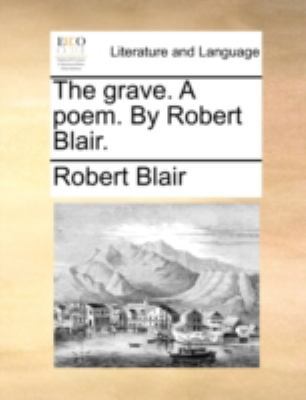
The grave. A poem. By Robert Blair.
The 18th century was a wealth of knowledge, exploration and rapidly growing technology and expanding record-keeping made possible by advances in the printing press. In its determination to preserve the century of revolution, Gale initiated a revolution of its own: digitization...
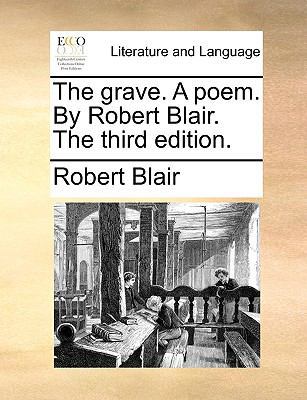
The Grave. a Poem. by Robert Blair. the Third E...
The 18th century was a wealth of knowledge, exploration and rapidly growing technology and expanding record-keeping made possible by advances in the printing press. In its determination to preserve the century of revolution, Gale initiated a revolution of its own: digitization...

![The Grave a Poem [Large Print] 1169868134 Book Cover](https://i.thriftbooks.com/api/imagehandler/l/7D539030943C65A39A1E871226F7FF819CB85C89.jpeg)
The Grave a Poem [Large Print]
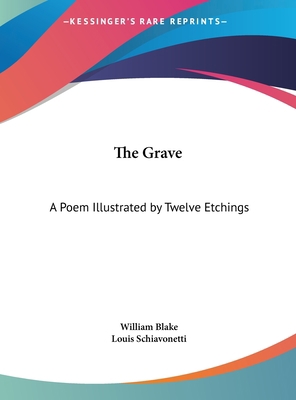
The Grave: A Poem Illustrated by Twelve Etchings



The Grave. a Poem. by Robert Blair. the Eighth ...
The 18th century was a wealth of knowledge, exploration and rapidly growing technology and expanding record-keeping made possible by advances in the printing press. In its determination to preserve the century of revolution, Gale initiated a revolution of its own: digitization...
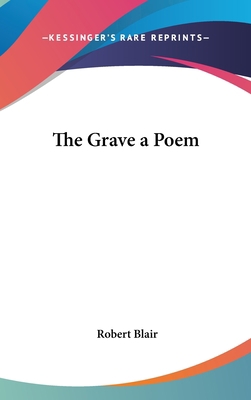
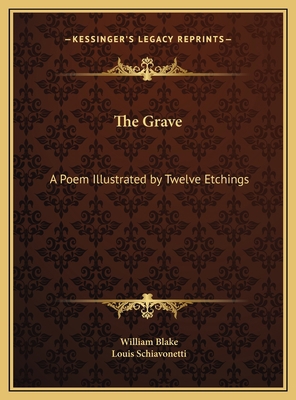
The Grave: A Poem Illustrated by Twelve Etchings
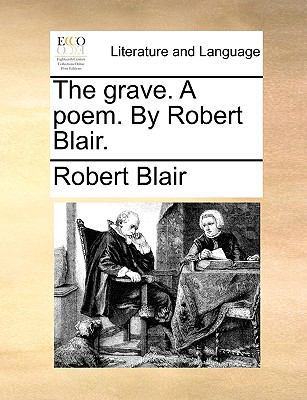
The Grave. a Poem. by Robert Blair.
The 18th century was a wealth of knowledge, exploration and rapidly growing technology and expanding record-keeping made possible by advances in the printing press. In its determination to preserve the century of revolution, Gale initiated a revolution of its own: digitization...




